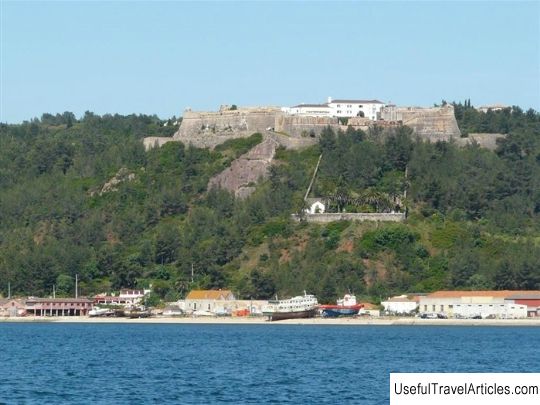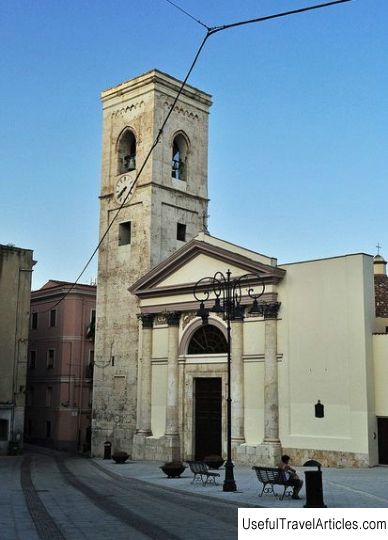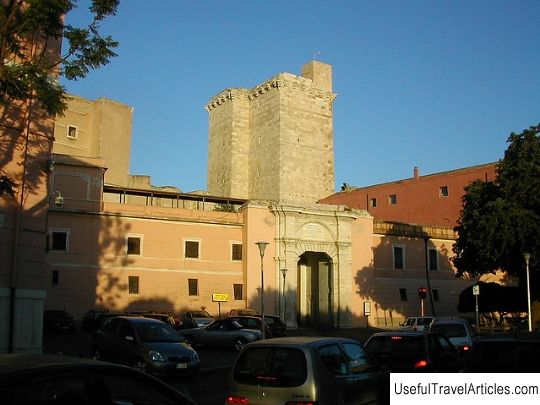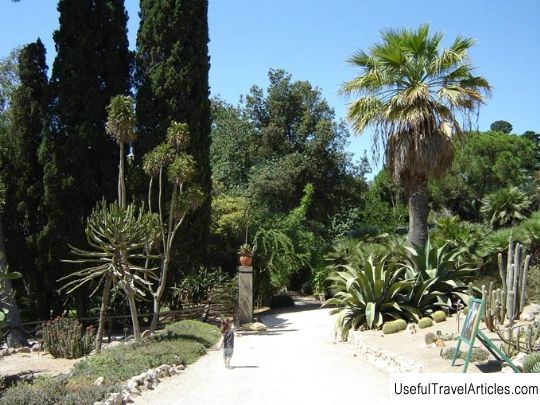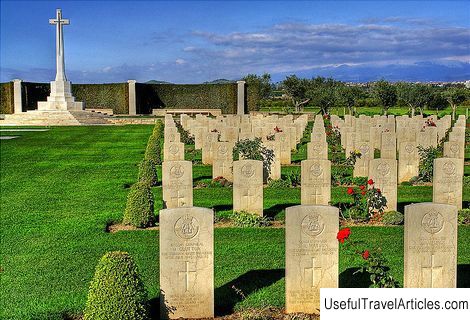Cemetery of Bonaria (Cimitero di Bonaria) description and photos - Italy: Cagliari (Sardinia island)
Rating: 7,5/10 (100 votes) 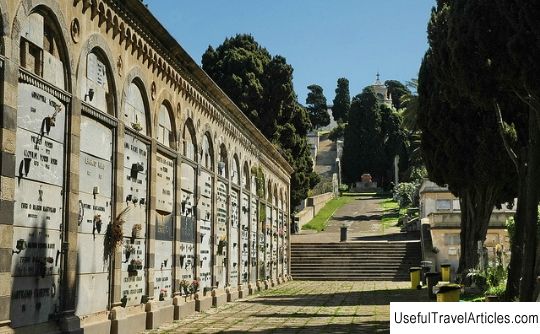
Bonaria cemetery (Cimitero di Bonaria) description and photos - Italy: Cagliari (Sardinia island). Detailed information about the attraction. Description, photographs and a map showing the nearest significant objects. The title in English is Cimitero di Bonaria. Photo and descriptionBonaria Cemetery is located in the city of Cagliari in Sardinia at the foot of the Bonaria hill. The main entrance to it is in Piazza Cimitero, and the second entrance is at the Basilica of Santa Maria di Bonaria. Several prominent personalities are buried here, including archaeologist Giovanni Spano, tenor Piero Schiavazzi and General Carlo Sanna. The cemetery is located on the site of a necropolis that was used by the Carthaginians and the ancient Romans, and then by the first Christians of Cagliari. Some of the ancient graves were carved right into the rock. The artifacts found in them are now kept in the Bonaria Museum. The modern cemetery was built in 1828 by the engineer Luigi Damiano and was used until 1968. The 12th century church of Santa Maria de Porto Gruttis, also known as San Bardilio, once stood at the entrance to the cemetery, but was demolished in 1929. Since 1968, burials in the cemetery are only allowed in private crypts and chapels acquired earlier. The oldest part of the Bonaria cemetery is located on a flat area at the foot of the hill. It is divided into rectangular zones with a neoclassical chapel in the center, around which you can see many children's graves. In general, there are several graves in the cemetery, made with special finesse, which belong to prominent people. For example, the aforementioned archaeologist Giovanni Spano is buried in a grave that he himself designed and built from ancient fragments. Other burials and chapels from the late 19th and early 20th centuries are made in a variety of styles, from neoclassicism and realism to symbolism and art nouveau. The current entrance to the cemetery was built in 1985. To the left of it are memorials to young soldiers who died during the First World War, and directly opposite there is a 1910 chapel with an imposing marble statue of the prophet Ezekiel. To the right of the entrance begins General Sanna Avenue, named after World War I General Carlo Sanna who lies here - he is buried with his wife in a simple pink granite grave. There is also a monument to Varzee Francis, the wife of a Belgian entrepreneur, with a sculptural composition from the late 19th century. On the so-called Piazza San Bardilio rests Ottone Baccaredda, the mayor of Cagliari, responsible for the construction of many interesting buildings, for example, Palazzo Civico and the Bastion of San Remi. It is worth paying attention to the Birokki-Berol mausoleum with decorated vaults, plaster angels and marble walls.        We also recommend reading Flotsky Boulevard description and photo - Ukraine: Nikolaev Topic: Cemetery of Bonaria (Cimitero di Bonaria) description and photos - Italy: Cagliari (Sardinia island). |
